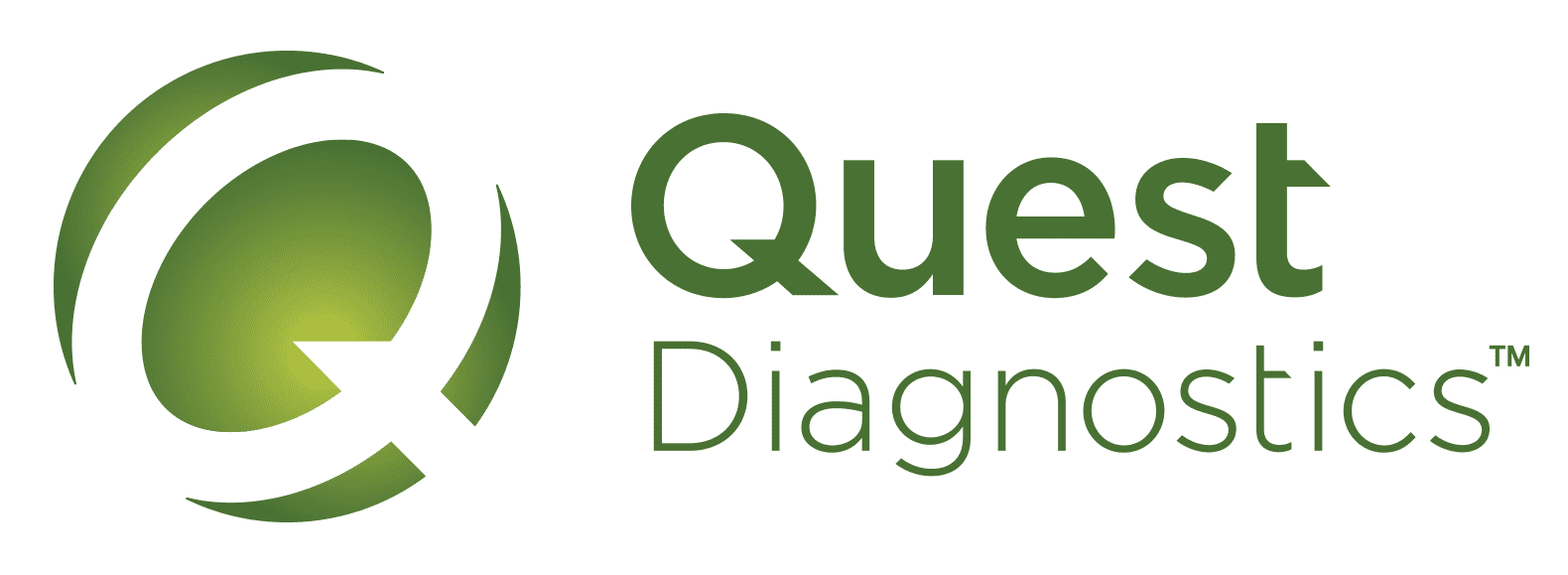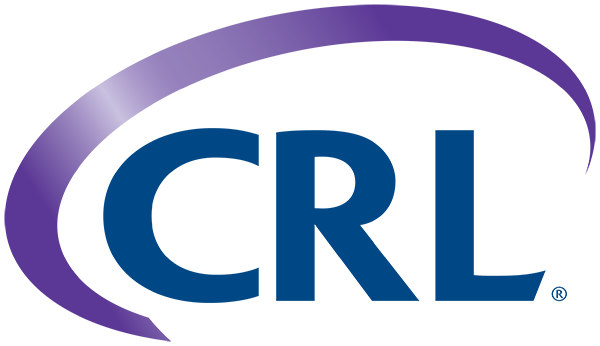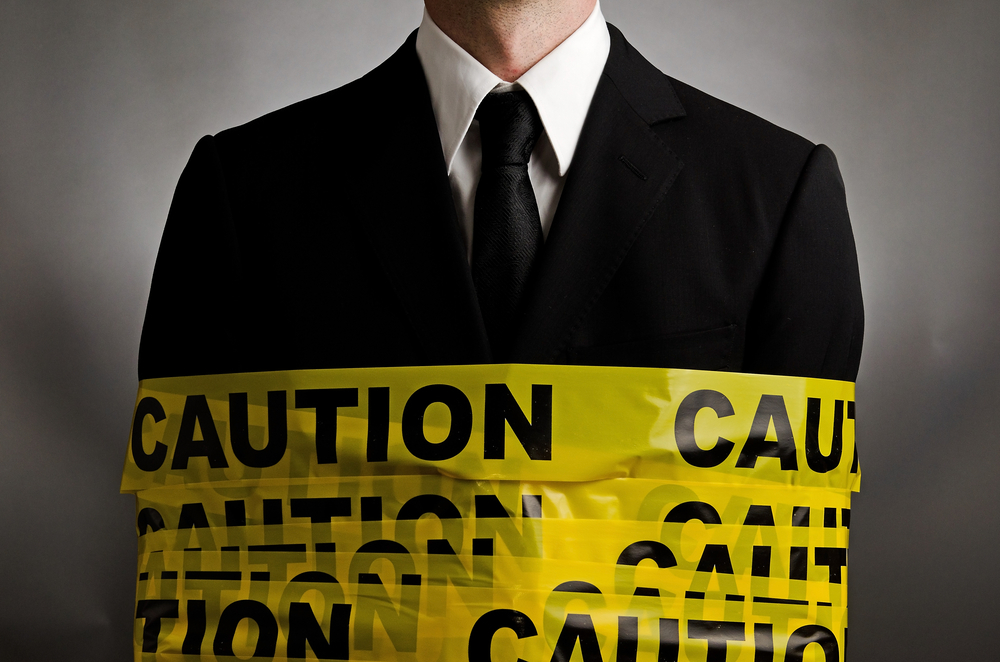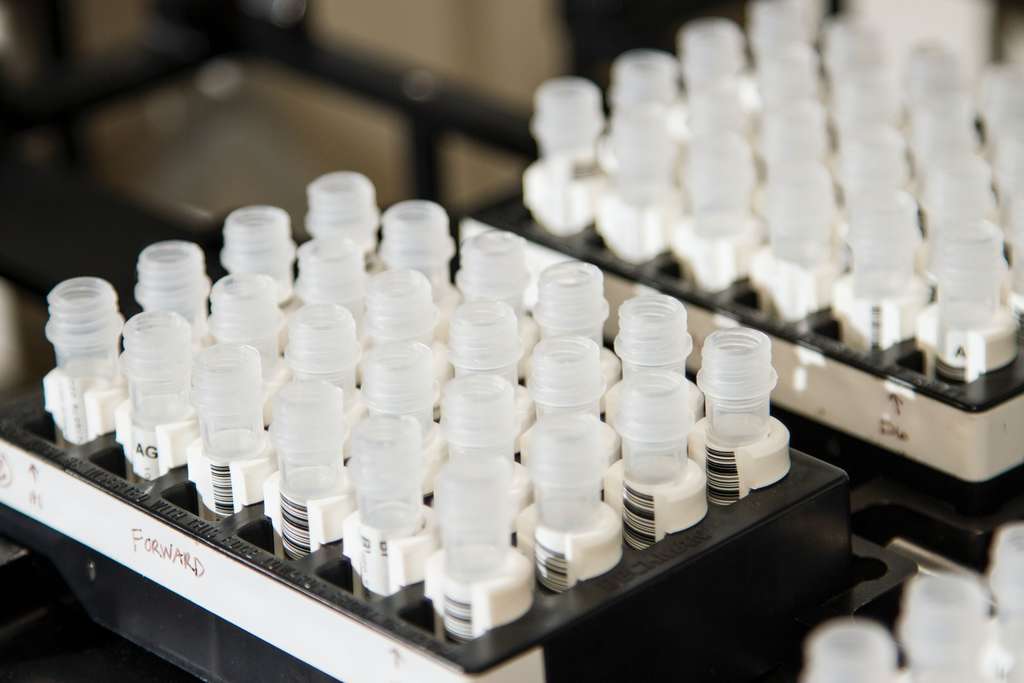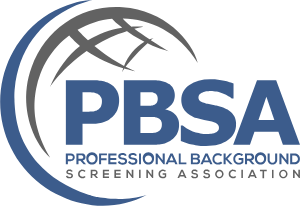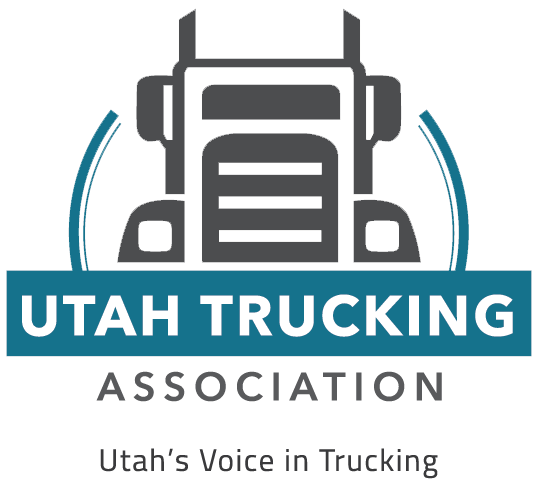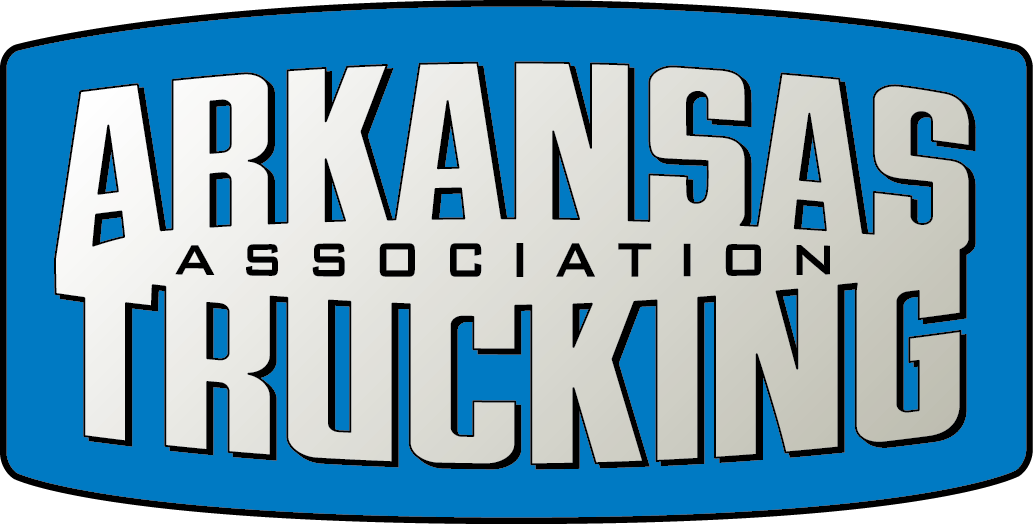US Drug Test Centers Blog
How to Read Drug Test Results from a Lab | US Drug Test Centers
Drug testing has become an increasingly common practice in the workplace, with certain states and company policies making it a requisite for a wide variety of professions. While employers usually mandate it for candidates as a part of the pre-employment process, it can also be performed for existing employees to screen for alcohol and substance abuse.
Workplace drug testing can be instrumental in reducing absenteeism and lost productivity and ensuring a safe workplace environment. It can also help identify individuals who may be struggling with addiction and provide them with the resources to get the help they need.
If you've ever taken a drug test, or if you're an employer who needs to interpret an employee's drug test, then you know that understanding the results can be tricky. Drug tests are not always straightforward and can sometimes be open to interpretation. In this blog post, we'll walk you through how to read drug test results from a lab. We'll explain what each result means and what other things you should consider if you receive a positive or negative result.
The Types of Drug Tests
To comprehend what drug test results mean, it's first essential to understand that there are different types of drug tests. The most common type of drug test is a urine drug test, but you may also encounter hair follicle drug tests and breath tests. Different drugs will be detectable for different periods of time, depending on the type of test used.
Urine Drug Tests
Urinalysis is the most known type of drug test and is often used by employers to screen employees for drug use. Urine tests can detect drugs in the body for a few days to a few weeks, depending on the type of drug. THC, the primary psychoactive compound in marijuana, can be detected in urine for about one week after last use. MDMA(or ecstasy) can show up in urine tests and remain in the system for two to four days.
It's important to note that urine tests don't reveal how much of the drug is in somebody's system or how long ago it was used. The test will only show whether or not the person has used the drug within the past few days.
Hair Follicle Drug Tests
Hair tests are less common, but they can be used to detect habitual patterns of drug use for a longer period of time. Hair tests can screen for drugs like THC, cocaine, heroin, phencyclidine, and methamphetamines. Once an individual takes any of these substances, they remain in the follicle for up to 90 days and can be detected using the standard 1.5 inches of hair during a hair test.
Breathalyzer
Breath tests are often used as screening devices to check if an individual is operating under the influence of alcohol. A breathalyzer test will estimate how much alcohol is in your system by detecting the levels of alcohol in your breath. This is what's known as BAC or blood alcohol content. Alcohol can show up in your breath as soon as 15 minutes after you last drank, and it can be detected even up to 24 hours later.

This test is performed by having the individual blow into a tube connected to the breathalyzer machine. How much alcohol is in your system will determine how long it takes for the alcohol to be eliminated from your body. Generally, it takes about one hour for your body to metabolize or break down one standard drink.
What Do Your Drug Test Results Mean?
Breathalyzer Results
Generally, breathalyzers help understand if you are currently intoxicated and how badly. Currently, the legal limit across the United States is a BAC level of 0.08. If you take a breathalyzer and score lower than this, then under the law, you're not intoxicated. If you blow over the legal limit, it indicates current impairment. If you're driving or show up to work intoxicated, then you could be penalized both legally and financially.
Hair Drug Tests and Urine Drug Test Results
For urinalysis and hair follicle tests, the results will be positive or negative.
A person has traces of a certain drug in their system if they test positive (meaning they failed the test), while no traces are found if they test negative.

How to Read Your Drug Test Results
Now that you know how long different drugs stay in your system, as well as the different types of tests, you're probably wondering how to interpret the results.
The most important thing to remember when interpreting results is that each test is different, and each person metabolizes drugs differently.
In general, though, a positive result indicates that the individual has used the drug within the detection window, while a negative result means they have not.
When it comes to interpreting a positive result from any of these tests, there is always a little room for subjectivity since a positive result alone will not be able to tell you any of the following things:
- How much of the drug was used
- When exactly the drug was used
- How frequent an individual uses the drug (except for the hair test)
- Whether the individual is currently under the influence of the substance (unless a breathalyzer is being used)
The best way to get more specific information is to talk to the individual directly and see if they can provide any context for the results. You can also speak with your medical review officer (MRO) if you're unsure about what the results mean. They'll be able to help you understand how to interpret results, and they can answer any other questions you might have.
If you're an individual who needs to order a drug/alcohol test, or an employer who needs help maintaining a drug-free workplace, US Drug Test Centers can help. Order your test today!
